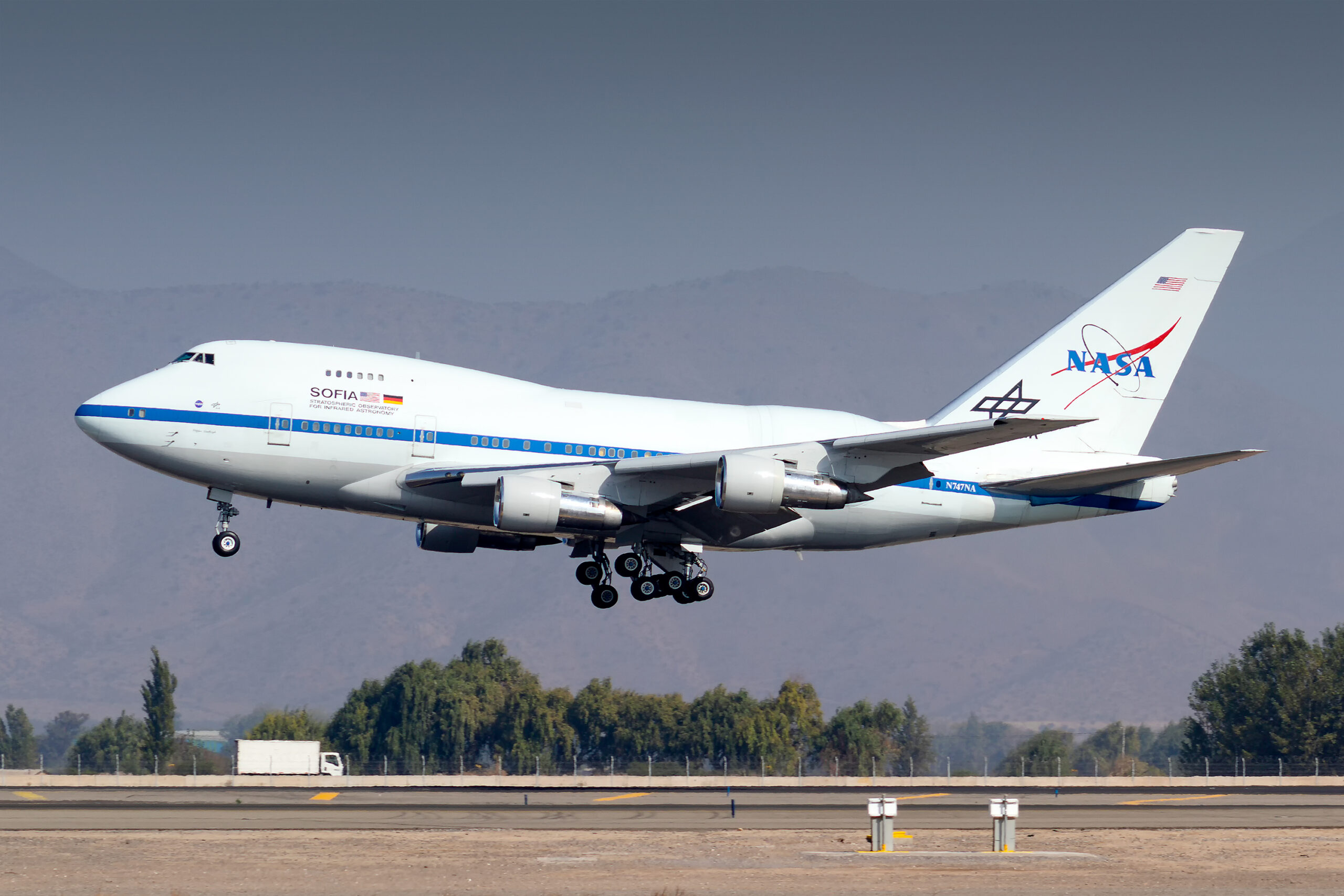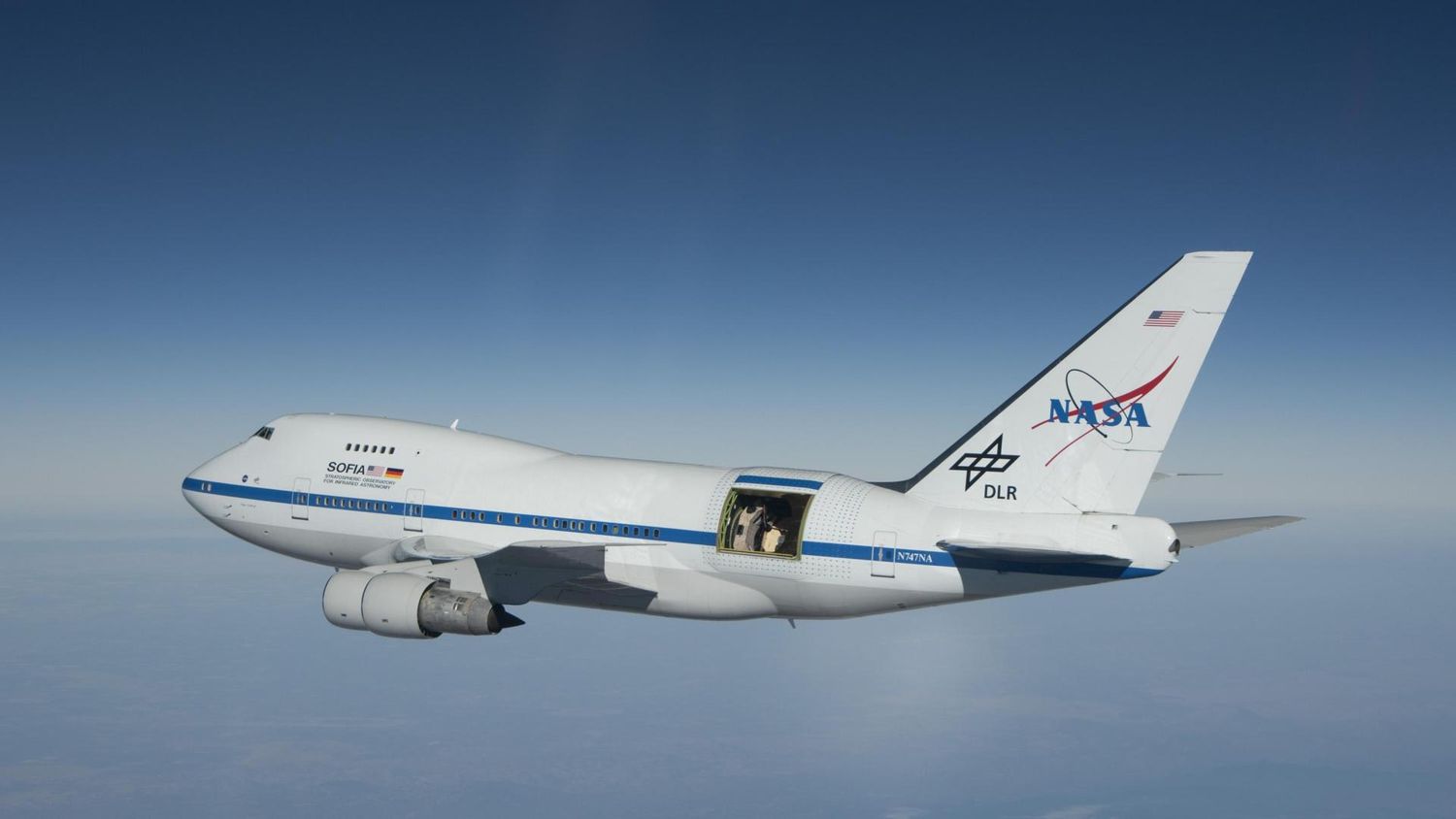Farewell to the SOFIA era: NASA’s Boeing 747SP finds a new home
NASA’s Stratospheric Observatory for Infrared Astronomy (SOFIA) aircraft, a Boeing 747SP, has found a new home after deprogramming: the aircraft will be displayed at the Pima Air and Space Museum in Tucson, Arizona.
Yesterday, 13 December, it completed its final journey from the Armstrong Flight Research Center in Palmdale, California, to the city where it will remain.
The National Aeronautics and Space Administration (NASA) and the German Space Agency (DLR) announced last April that they would suspend SOFIA flight operations in September. The project was made possible by a partnership between the two agencies, with the German one bearing 20% of the total costs.
As explained at the time, the decision was taken following an assessment by the United States National Academy of Sciences which found that the operational costs were too high to sustain the project and continued missions.
See also: The SOFIA flying telescope captured amazing images during its visit to Chile

The Boeing 747SP SOFIA
SOFIA is a Boeing 747SP that began space observation operations in 2014. It is an airplane modified to carry a reflecting telescope and is the only one of its kind in the world. In 2019 it completed its five-year primary mission, which was then extended for a further three years until 2022.
During that time, it was successfully used for scientific research missions and completed nearly 800 flights. The data collected by each of its operations are available in NASA’s archives to astronomers around the world.
The American agency acquired the Boeing 747SP and undertook its conversion. For its part, the German Space Agency supplied the 2.7-metre telescope, which was installed in the fuselage of the aircraft. The «Jumbo» can fly at an altitude of around 13 kilometres and make observations of infrared radiation at wavelengths between 0.3 and 1.600 micrometres.
Thanks to the installation of a large door in the fuselage that can remain open during flight, the converted Boeing 747SP carried out missions to observe infrared light from the Moon, the planets of our solar system, stars, nebulae and nearby galaxies. Its contribution was of great relevance to the study of the evolution of galaxies and the formation of stars and their planetary systems.
After eight years of service, SOFIA completed its scientific programme and ended its operations on 29 September 2022.


Para comentar, debés estar registradoPor favor, iniciá sesión